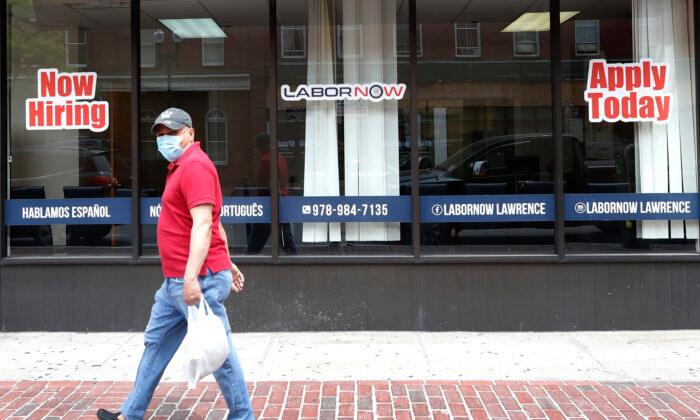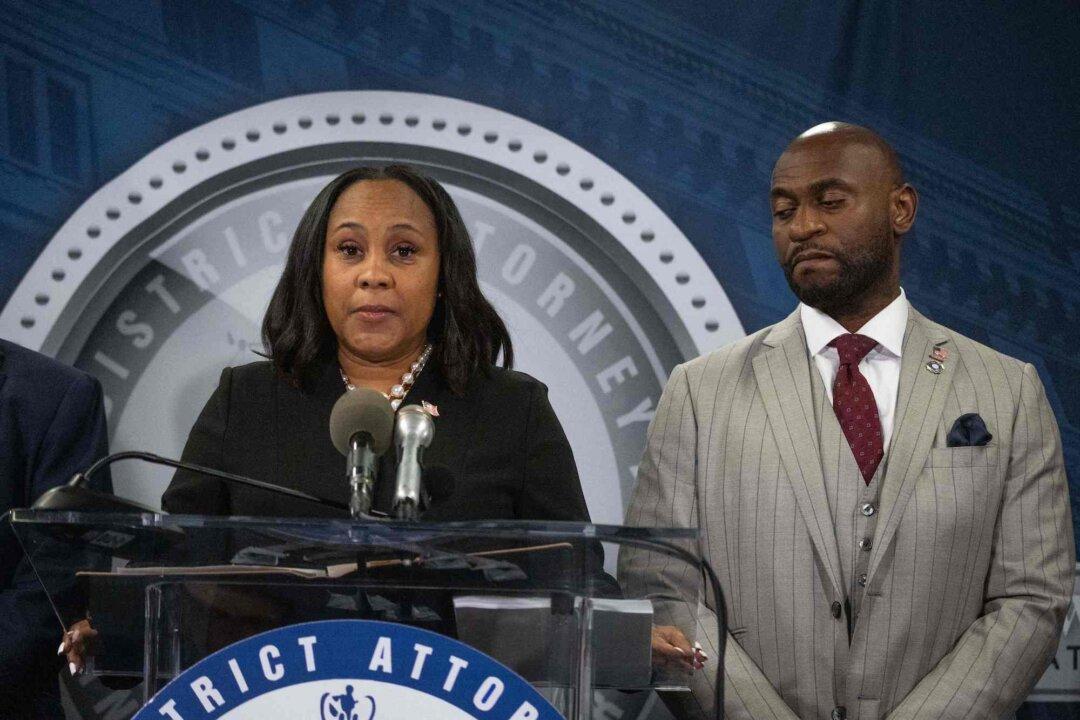The number of U.S. workers seeking unemployment benefits last week fell by 55,000, leaving initial jobless claims at historically elevated levels but flashing an encouraging sign that job losses have eased and the labor market recovery may be picking up steam.
While a positive trend for the labor market, the number of last week’s filings remains above the 2007–2008 Great Recession peak of 665,000 weekly jobless filings, suggesting the U.S. economy isn’t yet out of the woods. While the drop in weekly claims numbers suggests that many unemployed are being recalled to old jobs or are finding new ones, it also likely reflects the fact that some have used up their 26 weeks of regular state benefits and have transitioned to other programs.
“While we see welcome reported declines in the headline numbers of new claims for unemployment benefits as well as continuing claims reflecting activity administered by states, an additional 500,000 individuals are receiving assistance via the Pandemic Emergency Unemployment Compensation program,” Bankrate.com senior economic analyst Mark Hamrick said in a statement to The Epoch Times.
“It is difficult to know exactly how many individuals are no longer qualifying for jobless aid and how many are going back to work, when looking at these numbers alone.”
A total of more than 23 million Americans were receiving some form of unemployment assistance in the week ending Oct. 3, a drop of just over 1 million from the week prior. By comparison, there were 1.4 million people claiming such benefits at this time last year.
“The economy faces uncertainty on a variety of fronts in the coming weeks and months including the outcome of the election and, of course, the source of the downturn in the first place, which is the pandemic,” Hamrick said. “But these issues will eventually be resolved one way or the other.”
Retail sales, a measure of purchases at stores, restaurants, and online continued to rise in September, the fifth straight month of growth, driven by strong sales in housing-related goods, autos, and clothing. The housing market has also been a bright spot for the economic recovery, supported by record-low interest rates and increased demand for the suburbs. Closely followed surveys of consumer sentiment and small-business optimism climbed to their highest levels since the pandemic broke out.
A report from the Federal Reserve on Oct. 21 showed employment increasing in almost all of its 12 districts in early October, though the Fed noted that “growth remained slow” and that “employment gains were reported most consistently for manufacturing firms, although firms continued to report new furloughs and layoffs.”
The Fed report described the economy as growing at a “slight to modest” pace, which is consistent with economists’ projections for slower growth in the fourth quarter after what is believed to have been a record performance in the third quarter, with some estimates as high as a 35.3 percent annualized rate.






Friends Read Free